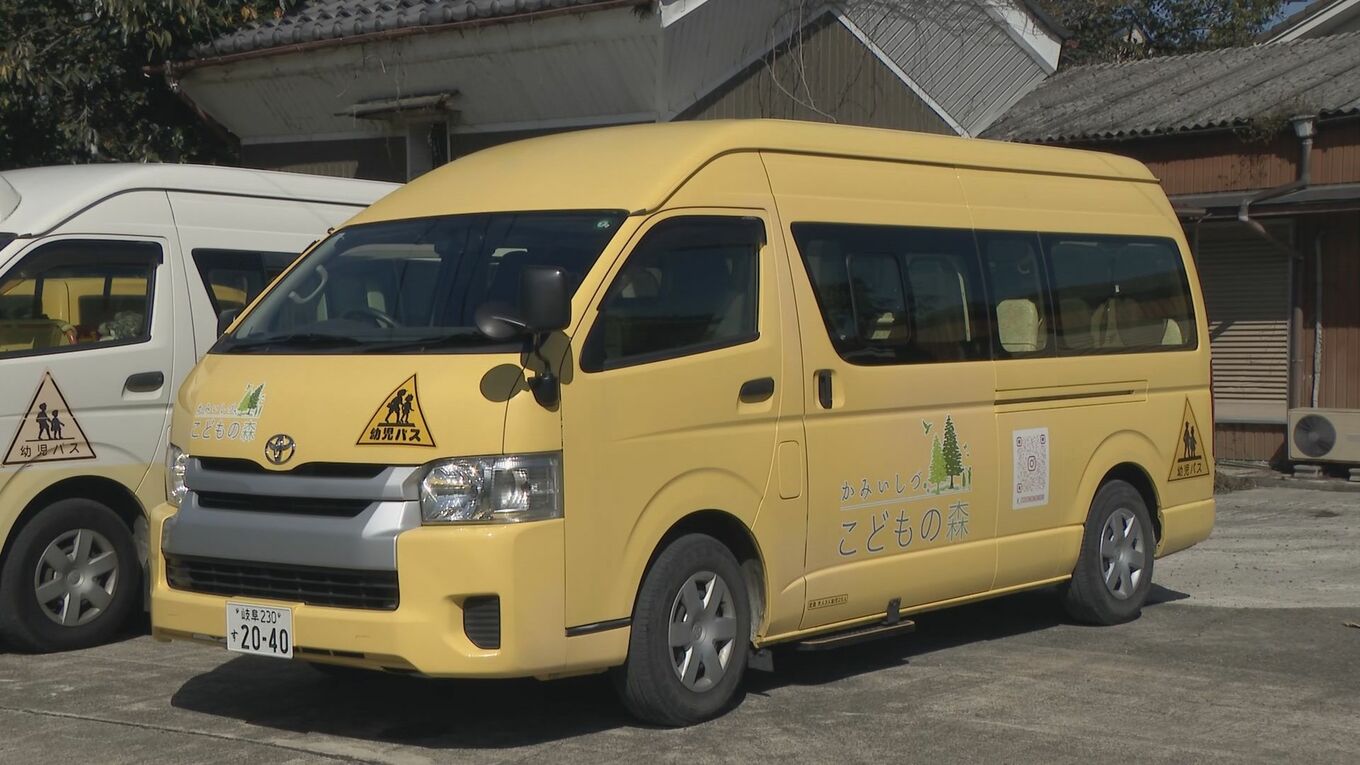Last month, a 2-year-old girl was left alone on a bus for about one hour at “Kamiishizu Children’s Forest,” a certified children’s center in Kamiishizu-cho, Ogaki City. The temperature in Ogaki City at that time exceeded 30°C.
“To stop the buzzer installed at the very back of the vehicle, one normally needs to walk to the rear, but on that day, it was stopped using a remote control located next to the driver’s seat.”
The sequence of events leading to the discovery of the abandoned child is as follows. The school bus arrived around 9:30 AM with 14 children on board. At this time, the 2-year-old girl was sleeping, so the other children were let off first, and the principal moved the bus to the parking lot. About one hour later, when it was noticed that the girl was not inside the facility, her homeroom teacher found her on the bus. There were no health issues.
According to the center, there was an alarm at the back of the vehicle designed to prevent children from being left behind, which activates when the engine is turned off. However, the principal had deactivated it using the remote control, so no interior check was conducted. Furthermore, the principal explained that the headcount check upon arrival, which is a standardized rule, was neglected because “it was a day with overlapping irregular schedules.”
“We must sincerely continue our fundamental responsibility of caring for children from morning until evening, as we always have, and work to regain trust.”
Following an incident in September 2022, three years ago, in Makinohara City, Shizuoka Prefecture, where a 3-year-old girl was left in a school bus and died, childcare centers and similar facilities were required to install safety devices and conduct headcount checks. However, at this center, the rules were not properly followed.






